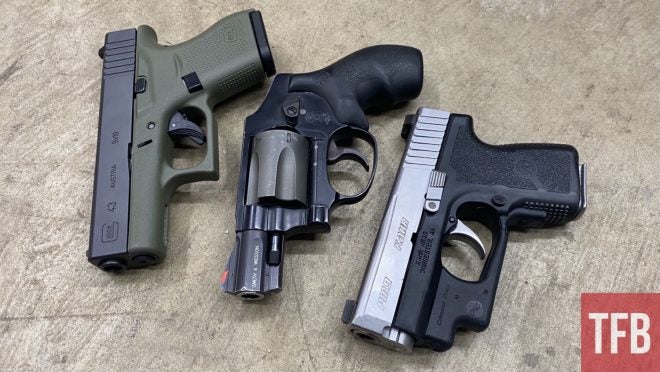With the recent explosion with micro carry guns, there has been a growing debate on whether or not they are beneficial for carrying concealed. Depending on who you talk to about small carry guns, they will either be the greatest thing since sliced bread or they’re a direct descendent of satan. The truth lies somewhere in the middle, with a number of benefits and cons depending on how you look at it. Although somewhat challenging when it comes to shooting quickly, micro carry guns can offer a ton of benefits in certain situations. Let’s take a closer look at micro carry guns.
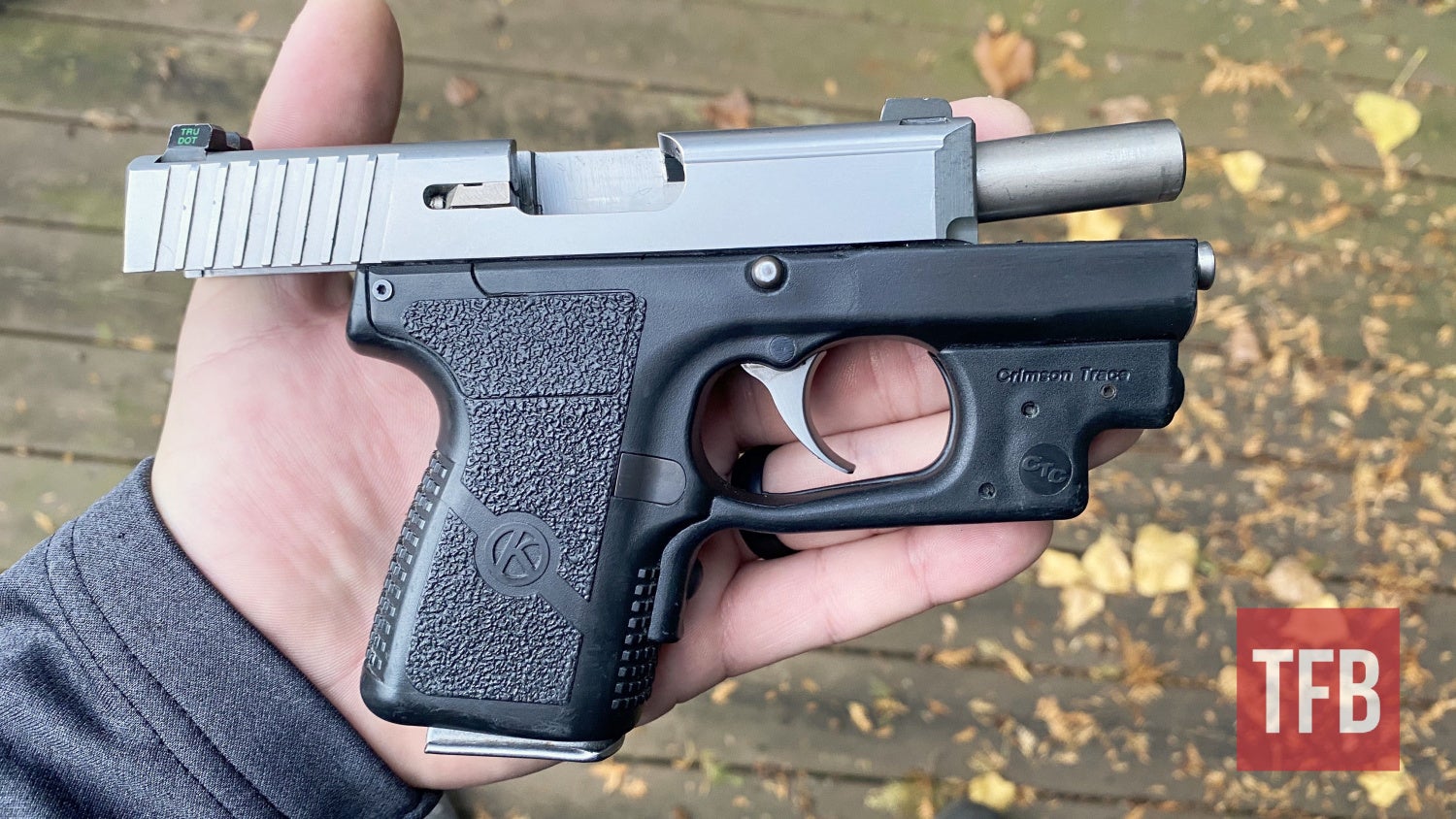
Biggest Challenges of Micro Carry Guns
Small or micro carry guns can be a huge benefit in certain situations but they aren’t the easiest thing in the world to fire under stress. They are very small in overall size by design and can be a bit tricky to fire quickly under stress. Typically they are really snappy and fast follow-up shots can be a challenge to control depending on the model. The sharp recoil can deter new shooters and often times females are the biggest victim of having a small carry gun shoved into their hand with no prior knowledge.
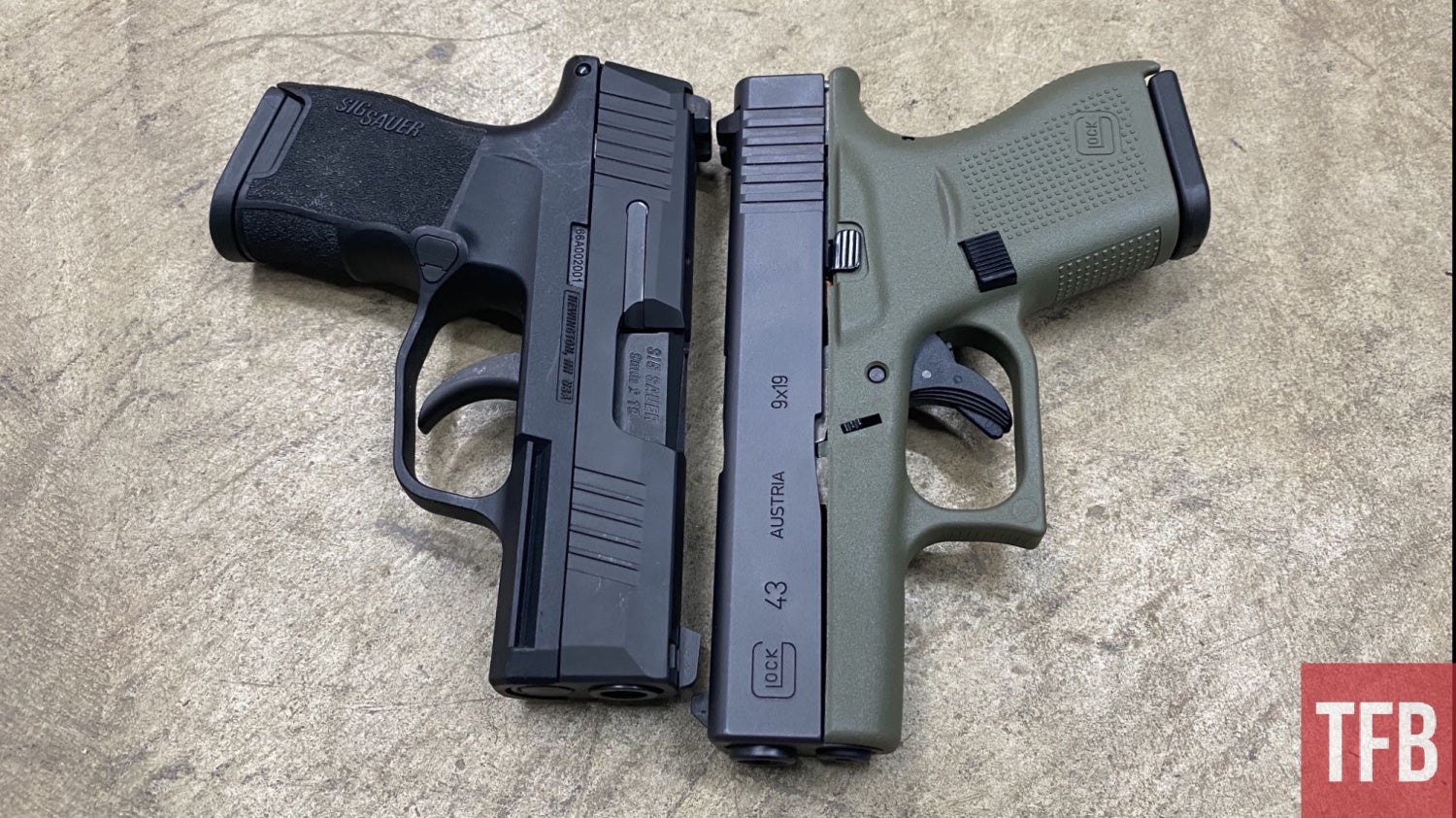
Besides the recoil issue being something to keep in mind, overall capacity with certain micro guns can be a real issue. Early on most of the single stack firearms like the Kahr PM9, Ruger LC9, and Glock 43 were incredibly small but offered little capacity. Most of the early smaller pistols had 6+1 capacity so standard capacity was relatively low. As time has gone on, small carry guns with higher capacity were released like the Glock 43X and SIG P365. Some of the micro style firearms to come out recently are relatively small while offering a huge bump in capacity. This additional capacity also offers a bit thicker frame which makes shooting them easier than the thinner single stacks.
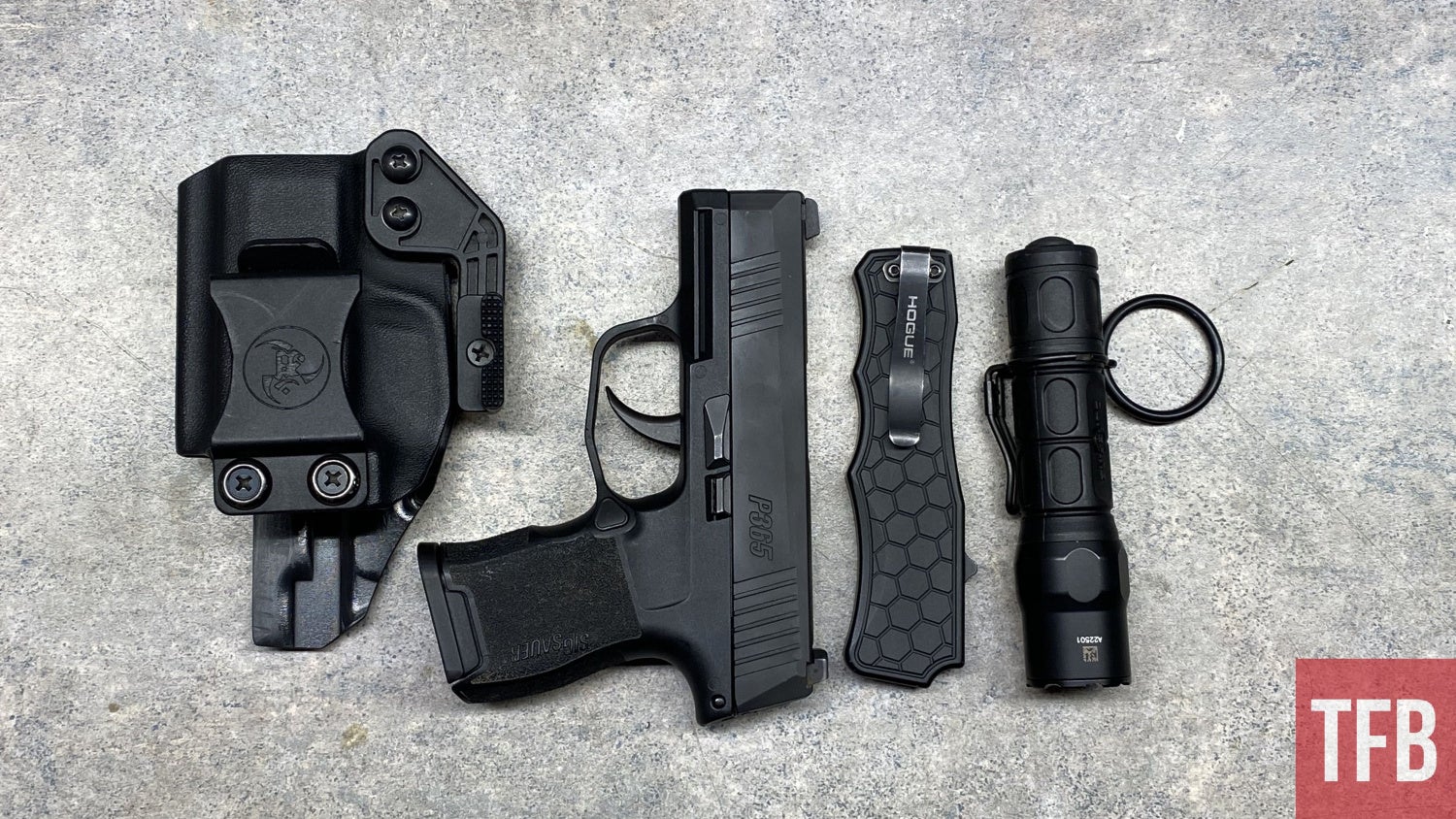
Range Time
Range time is the key to becoming familiar with how micro carry guns shoot and what the best way to control them is. With some guns out there, it’s a great idea to start with snap caps doing dry fire sessions. Handguns like the Kahr PM9 have a long double action that is tricky to learn at the range. Having snap caps and practicing with dry firing will allow you to learn without dealing with recoil and other factors.
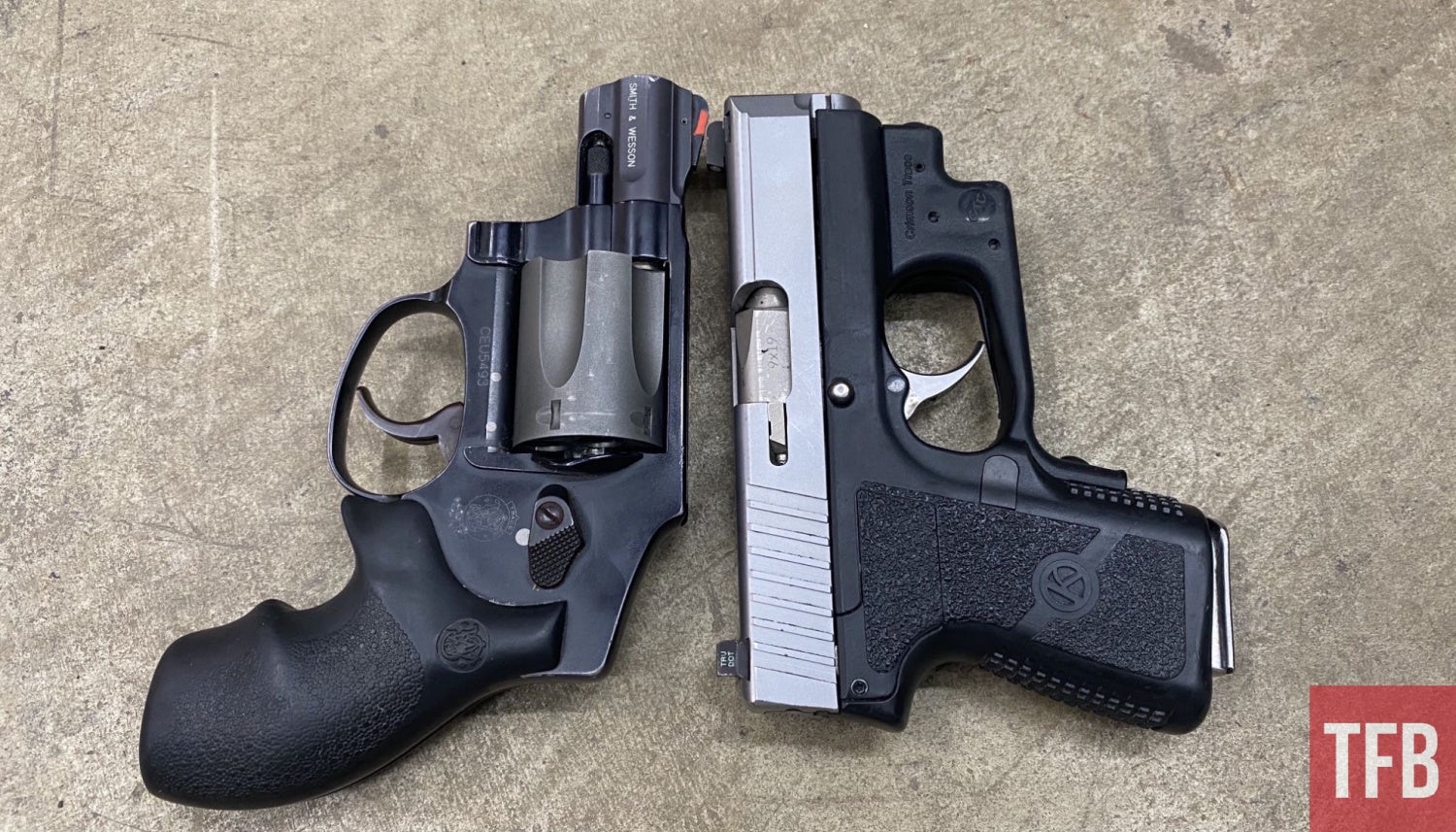
STARTING OUT
Guns like the Glock 43 or 48 have a much easier trigger to learn so dry firing will help you understand the trigger’s breaking point and will slowly make the trigger predictable. One of the most helpful things for me when it comes to small carry guns is to practice the trigger pull at home using dry fire before I ever step foot on the range. When I first get to the range, I always take 2-3 magazines just to introduce myself to whatever firearm I am shooting. Nothing fast or crazy but just a slow consistent cadence of fire to understand recoil, trigger pull and reset along with sight picture.
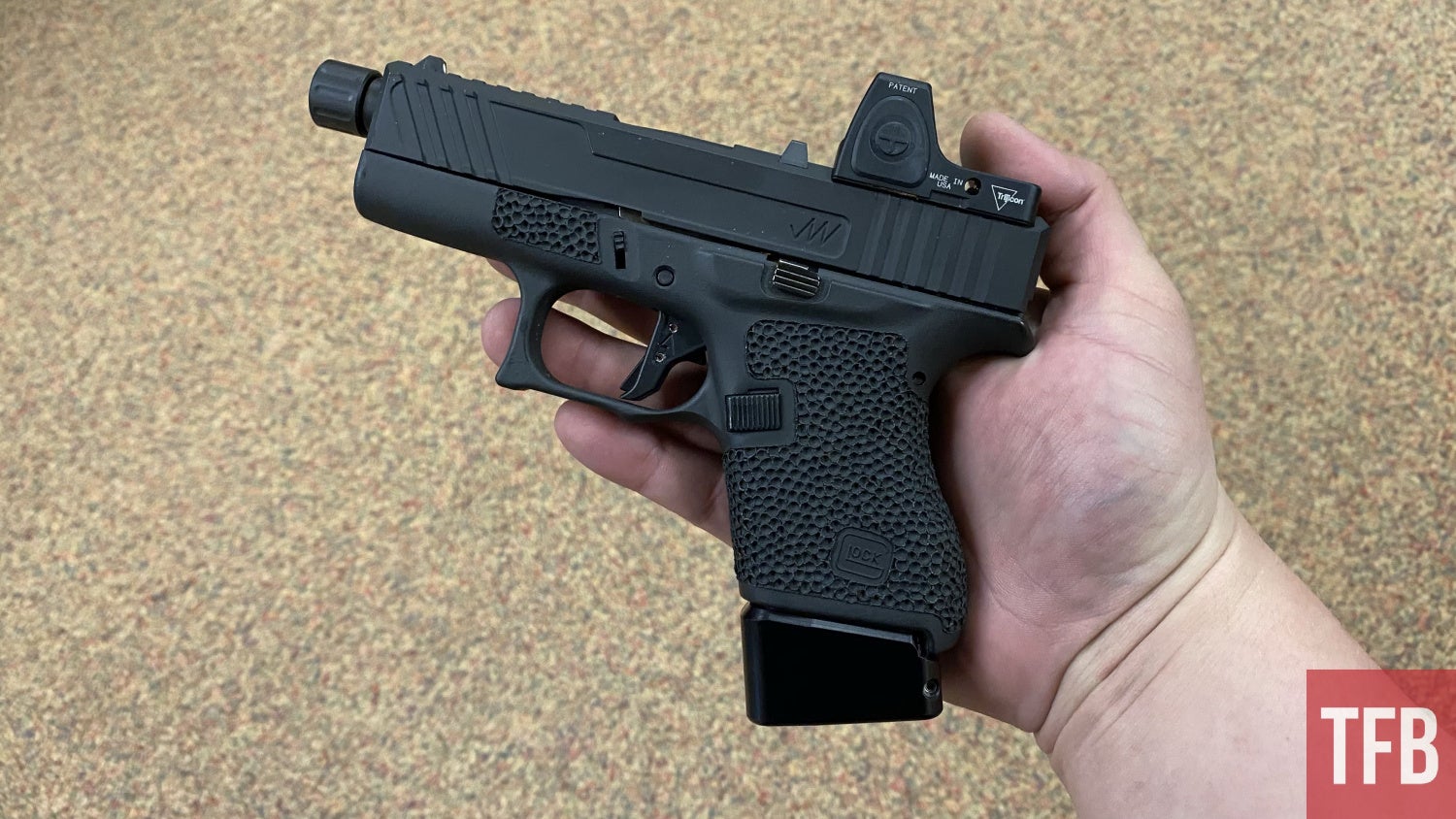
Every firearm is set up differently with trigger weights, sights and overall feel in the hand so it’s important to soak everything in before trying to shoot fast or really give it a workout. Typically the first few magazines will tell you everything from recoil impulse, trigger and what the sights are like when firing the gun. You’ll have a good understanding of what you like or dislike about the firearm relatively quickly. Often times people rush into performing drills and trying to do too much with the gun which just adds a level of frustration later on when they start shooting poorly. Take your time and work slowly into a new small gun.
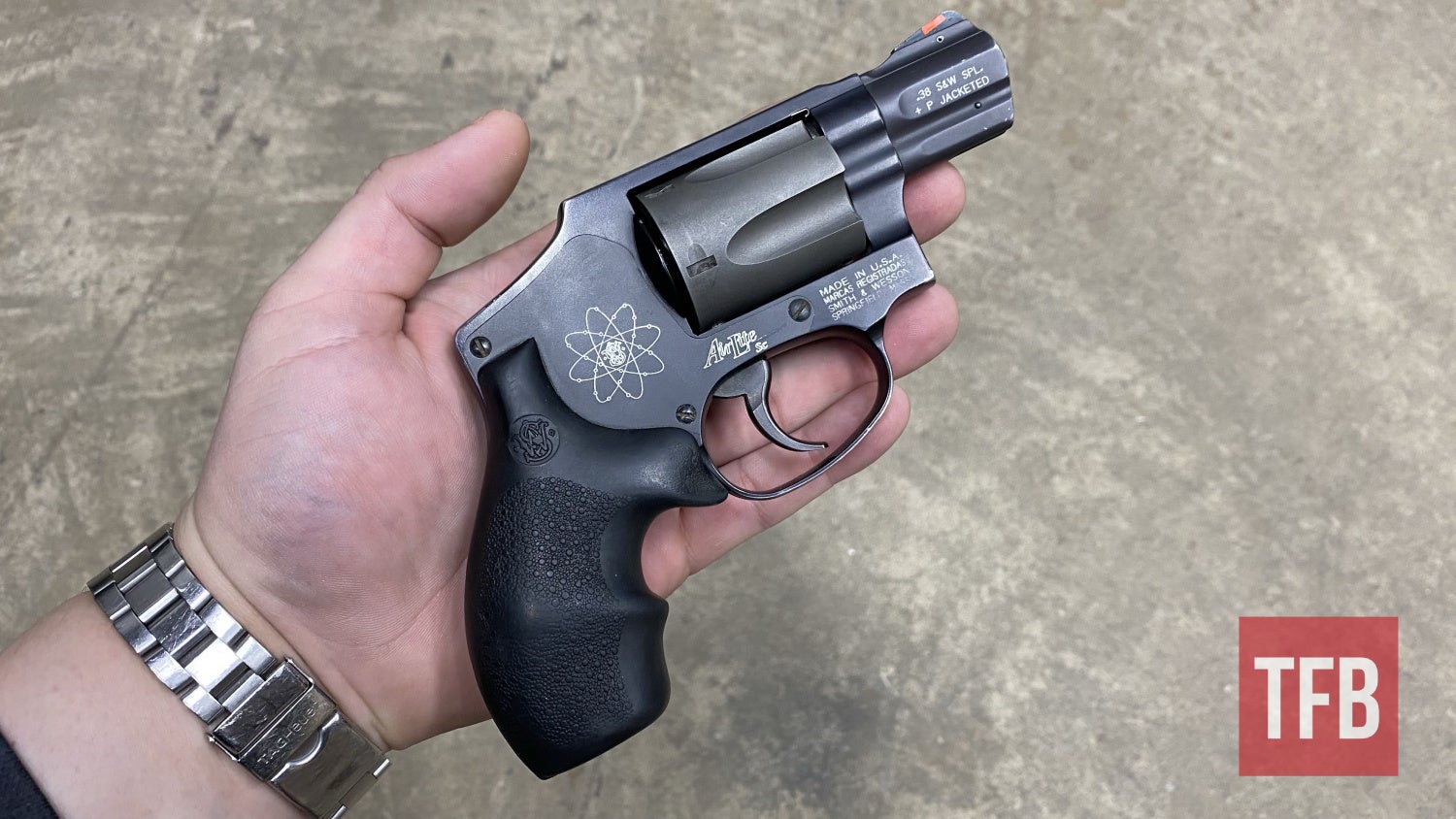
Recoil Mitigation
The number one complaint I hear about small micro guns is the quick snappy recoil from such a small package. The fundamental problem with micro guns is the fact they are built to be as small and light as humanly possible. This size and weight savings come at a price though which is sharper recoil. There’s no secret to curbing the recoil other than practice and developing a strong grip on the firearm. One of the few things you can’t practice for with dry fire is recoil management so it’s important to practice with the firearm you plan on carrying.
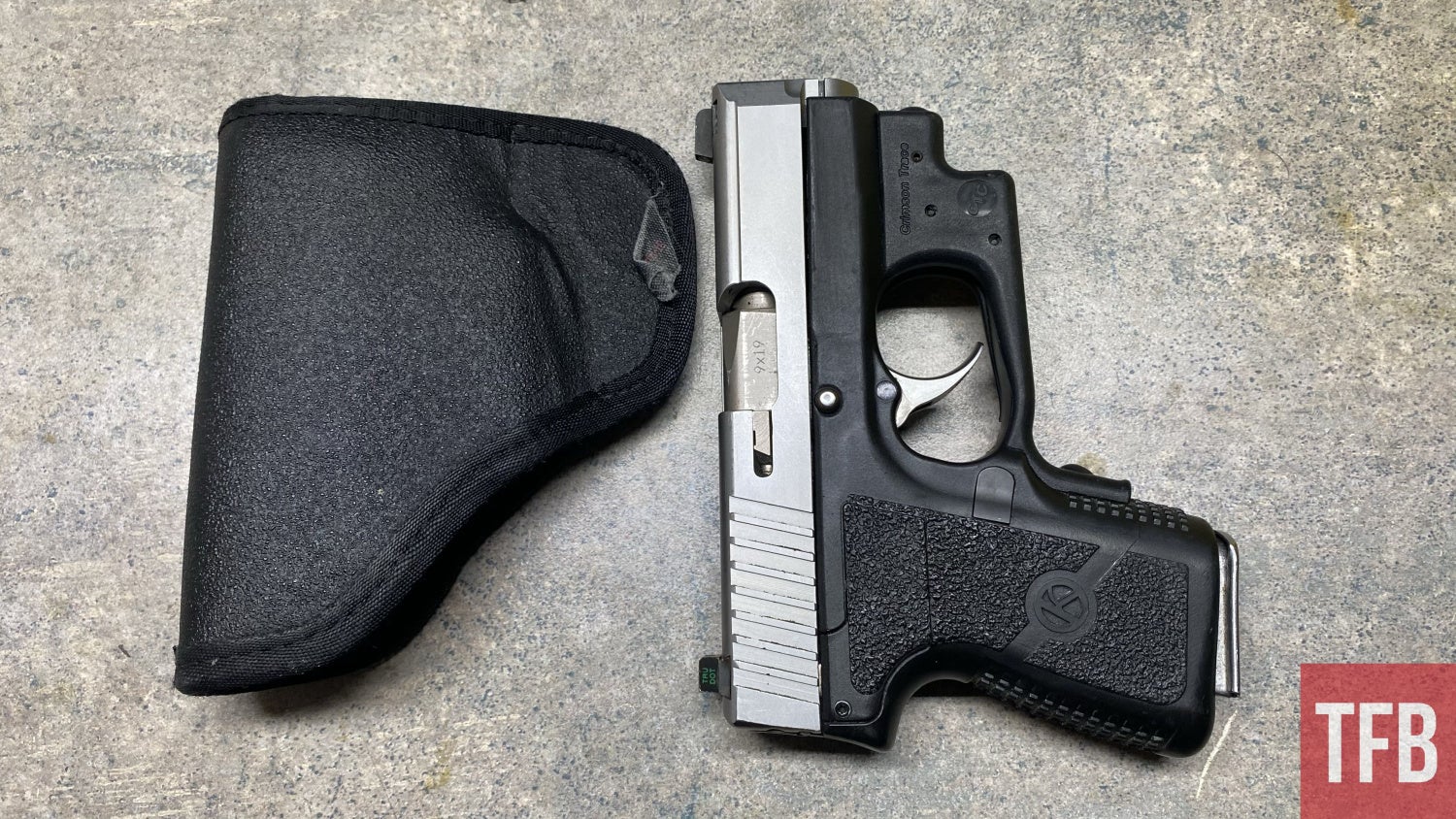
Ammo prices are high and I completely understand the struggle but there’s really no substitution for getting reps in at the range. The most important thing when dealing with a small gun is to have a strong grip on your support hand to really securely bring that gun in. Doing something like the push-pull method where you pull in with your support hand while pushing out with your strong hand will let you have more control of the snappy recoil and let you shoot a bit easier. Having a tight grip and practicing with the gun are hands down the two best things for becoming comfortable with the gun’s recoil.
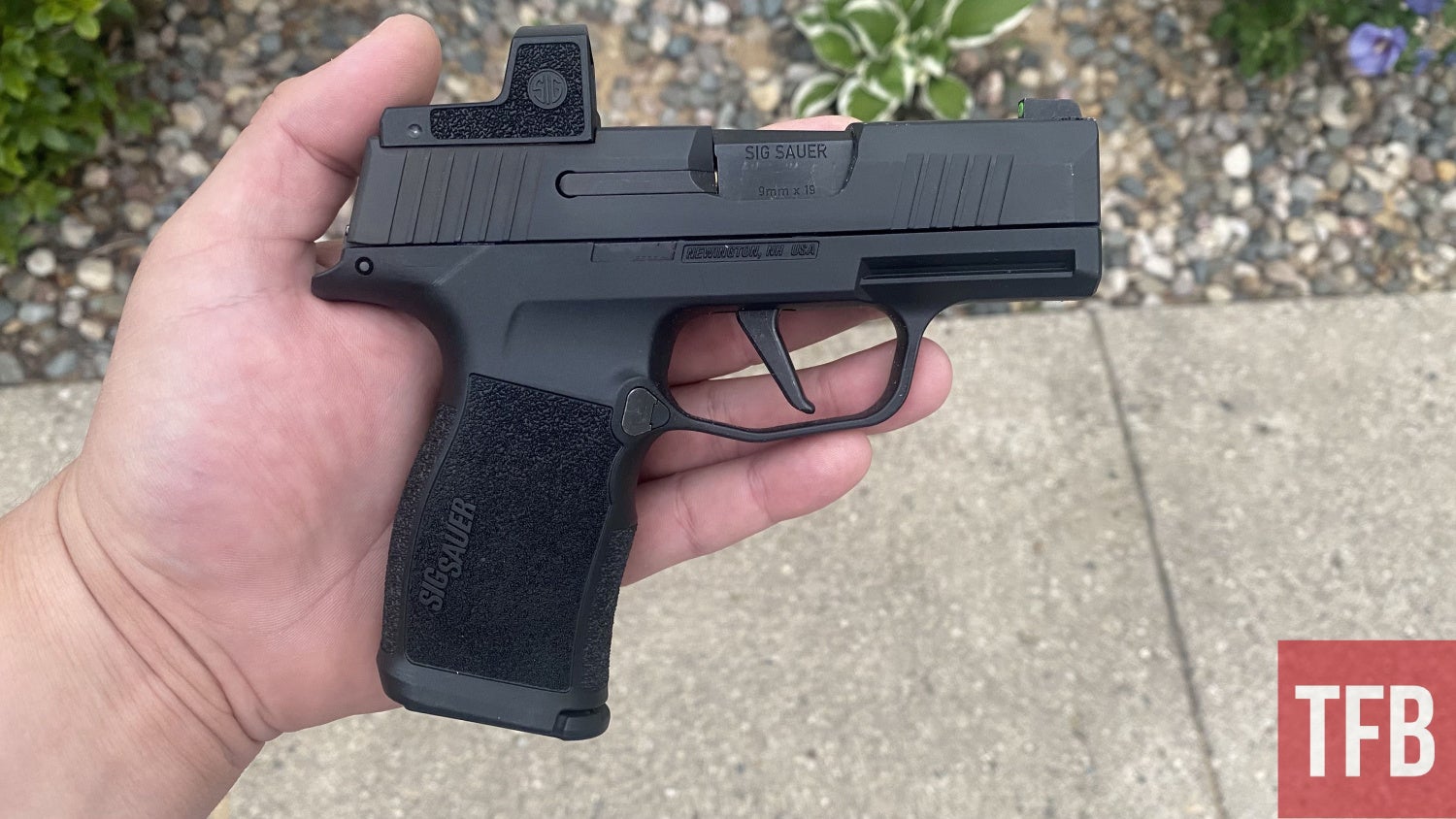
Practice With Carry Ammo
Once you become aquatinted with your micro carry pistol and shot it a decent amount, it’s time to experience exactly what it will be like. Practicing with carry ammo is vital for a small carry gun because it does a couple things for you. First, it lets you see if the gun will actually be reliable with a specific type of ammo. Most throw in a certain brand without ever even testing the ammo to make sure it runs properly through their firearm. The second benefit to running carry ammo is it gives you a good idea of what recoil and performance will be like out of the gun. Certain firearms like different types of self-defense ammo and it’s never a bad idea to at least run a few rounds to see how accuracy and recoil are out of your carry gun.
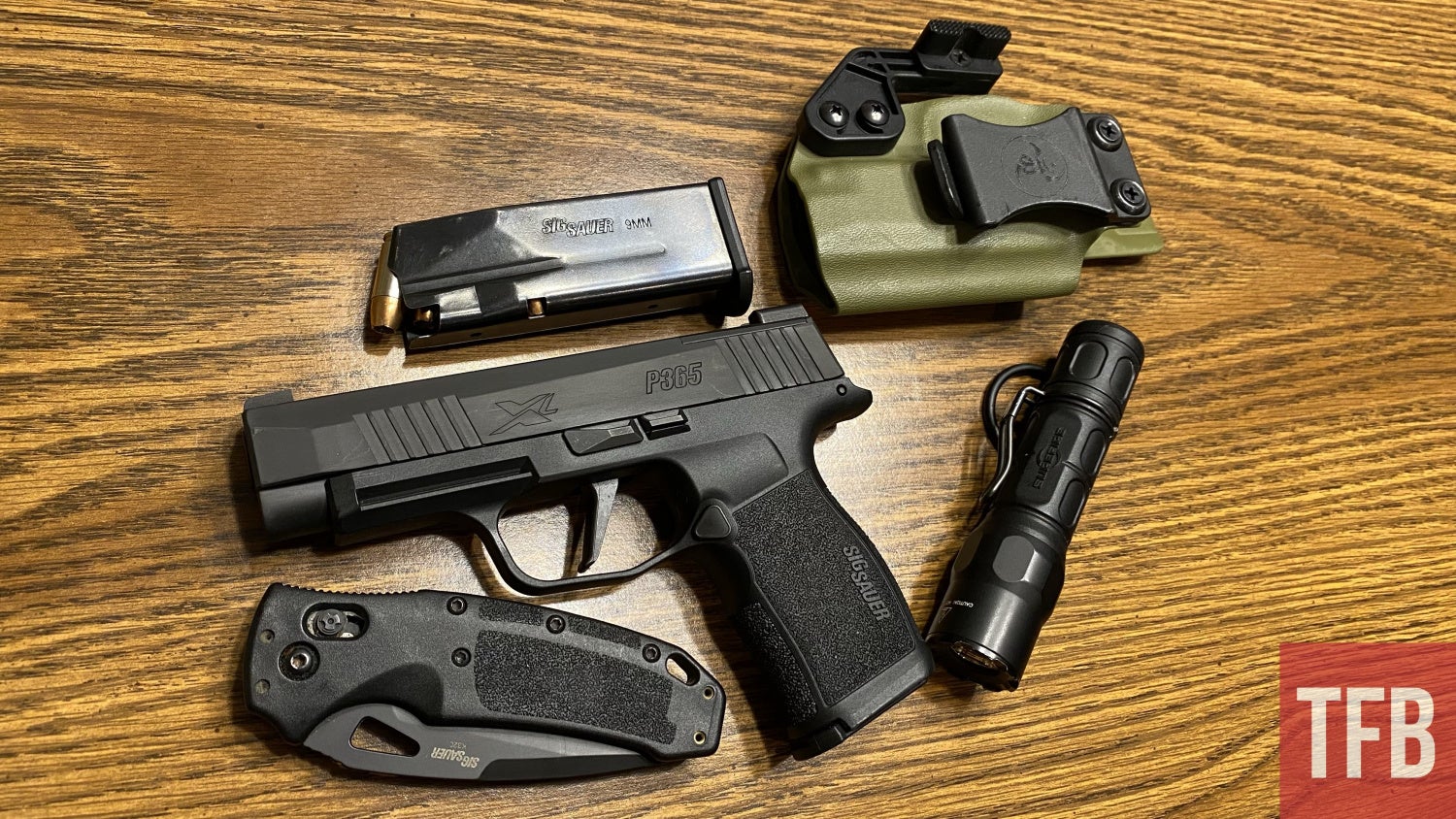
Overall Thoughts
Micro carry guns offer a number of advantages and just make life easier for certain people who want to carry a firearm for self-defense. They are simple to carry with minimal changes needed to your wardrobe and lifestyle while offering a way to protect yourself from the craziness of society. With all these benefits though come some drawbacks when it comes to shooting a micro carry gun. Even though there are a few drawbacks, it’s fairly easy to overcome issues with smaller carry guns just by going to the range and having a plan to practice. Consistency and repetition are your friends when it comes to shooting.
Let me know what you guys do to become more familiar with smaller carry guns. Is it a matter of getting time behind the gun and becoming familiar or is there more to it? Let me know down in the comments below. If you have questions about carrying concealed or firearms in general, feel free to shoot me a message on Instagram @fridgeoperator. Stay safe out there.
TFB’s Concealed Carry Corner is brought to you by GLOCK

 Your Privacy Choices
Your Privacy Choices
